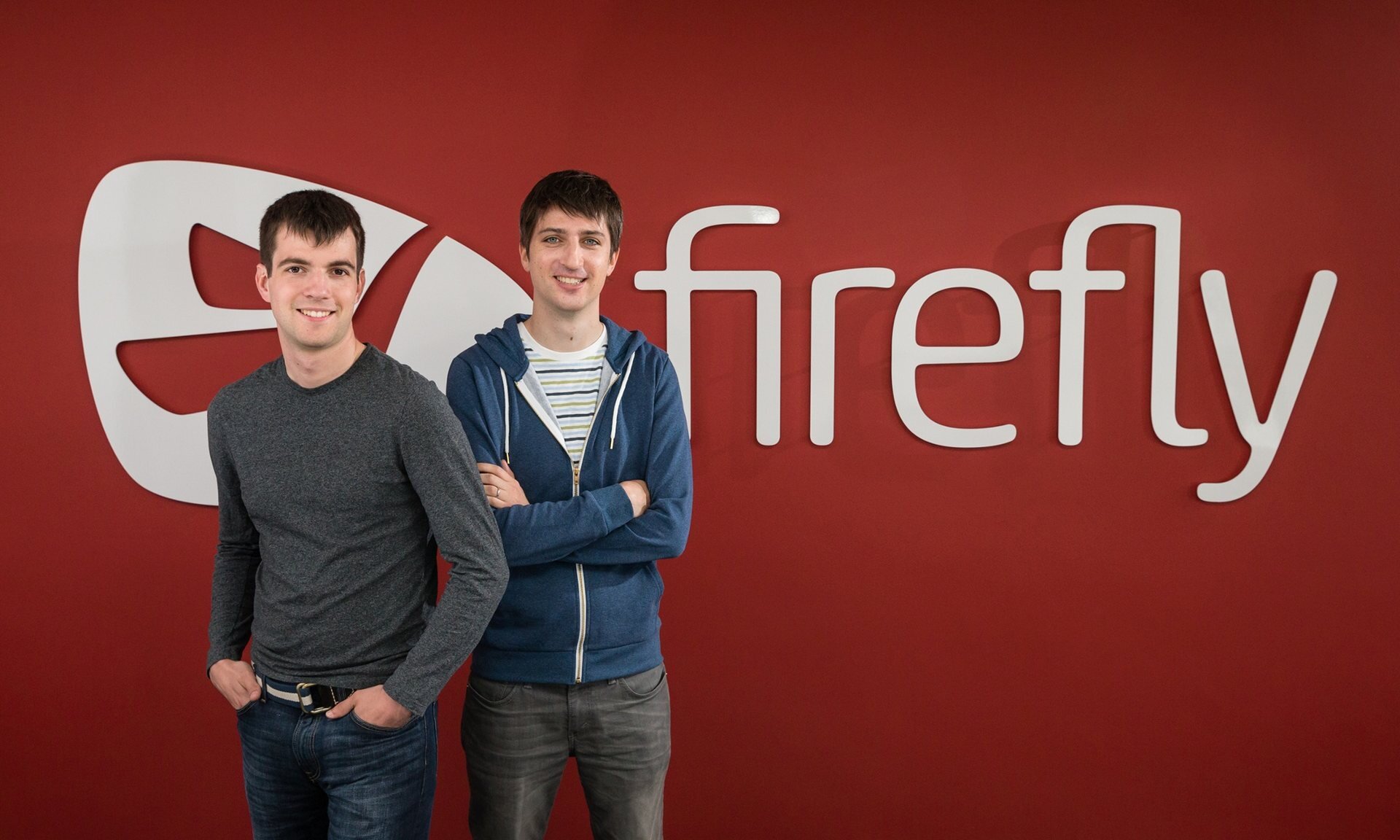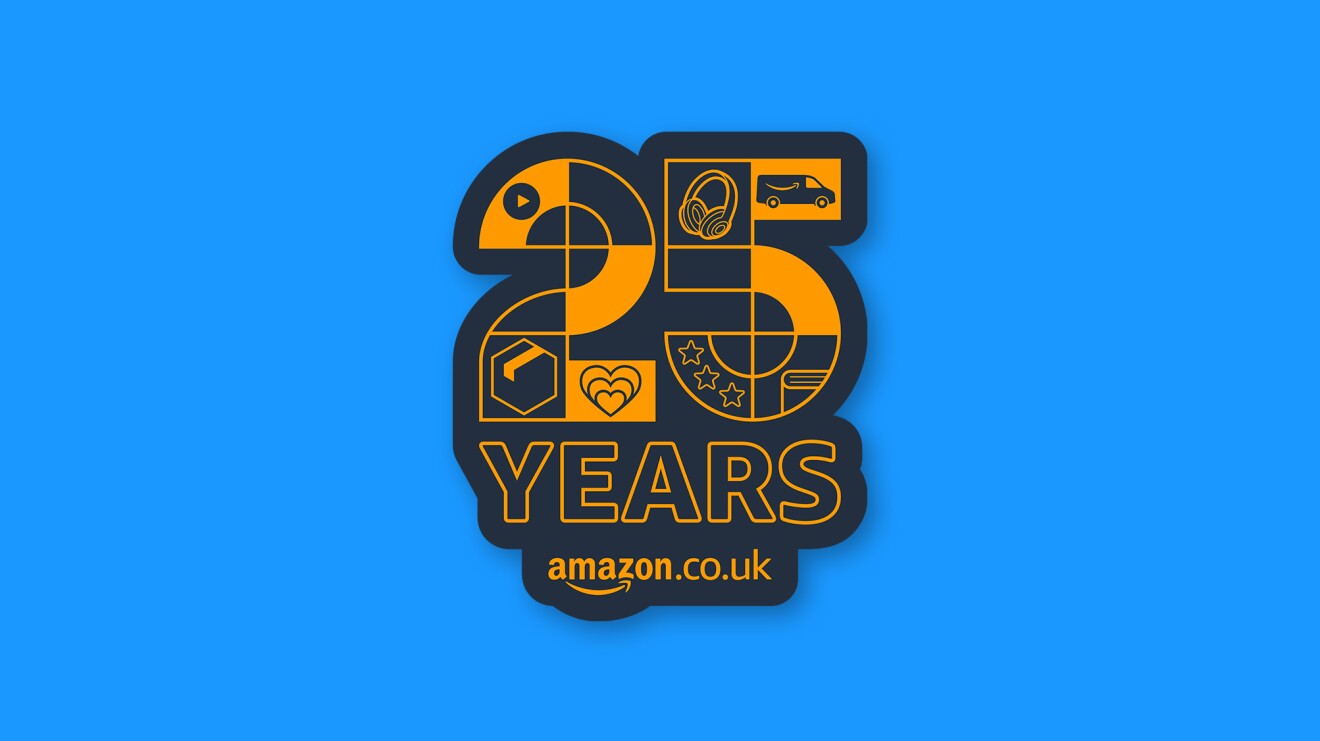Firefly is an online educational tool that lets teachers set homework, students share and access resources, and parents track progress. The company was founded in 2008 by Joe Mathewson and Simon Hay, who had a vision to make teaching more flexible and effective.

“The idea came about when Joe and I were still studying for our GCSEs,” says Simon. “We realised there must be a better way to access and share notes from the school and our peers. It started as procrastination – but quickly got out of hand.”
“Our school were hugely supportive and took a risk by allowing us to build and implement a system on campus. By the time we were doing our A Levels in 2003, Joe and I were also running tech support for our own school!”
In 2009, the pair were able to establish the venture as a full-time business, and in 2016 they secured the largest Series A funding for a so-called ‘ed-tech’ company in the UK.
Today, Firefly serves customers worldwide through Amazon Web Services (AWS) Regions in Dublin, Sydney, Singapore and the US. The business has over a million users in more than 40 countries, including almost three quarters of the UK’s top-performing schools.
“With AWS, we can work wherever our customers are based. It gives us the confidence and capacity to grow on a global scale,” explains Simon.
Ed-tech has been a hot topic for many years, but Simon feels the sector is reaching its “coming of age moment”.
“Education is one of the last sectors that hasn’t been fully transformed by technology,” he explains. “There are good reasons for that. ‘Disruption’ is an exciting word in a technological sense, but in education it naturally makes some parents nervous. Schools cannot just ‘move fast and break things’.”
“For schools and businesses, adopting e-learning platforms presents a number of challenges. No two schools are the same in terms of funding, demographics or the availability of technology. Internationally, you also find huge variation in the curriculum based on political, social, economic, and educational factors. Cloud technology helps us overcome those hurdles.”
“Although cultural transformation has been slow, we know schools are eager to unlock the potential of a platform like Firefly. We have a real opportunity to help them adapt their learning journey.”
'Disruption’ is an exciting word in a technological sense, but in education it naturally makes some parents nervous. Schools cannot just ‘move fast and break things'.
Simon Hay, Co-founder, Firefly Learning
In the near future, Simon believes the top priority for the education sector should be greater coherency and consistency – enabling schools to build a complete picture of a student’s experience.
“When teachers and parents can see all their homework, test results and extracurricular activities in one place, they’re better placed to understand, react and adapt,” he explains. “In total, this saves a huge amount of time, makes better use of data, and supports the school to deliver better educational outcomes.”
Simon explains how the COVID-19 crisis has accelerated the adoption of tools like Firefly for learning continuity and parental engagement: “In the pandemic, this technology has not only become an absolute necessity, it has also proven real utility and value.” “We’ve seen our peak daily usage increase ten-fold,” he says.
“We also made the platform available for free to any school that was forced to close, and the uptake has been incredible. We couldn’t have done this without the capacity to scale at speed that AWS provides.”
“At a time when many parents might be worried about educational inequalities, technology can be a great democratiser.”
“This really illustrates what the cloud can do: helping us to make these tools widely accessible and affordable for schools. Through AWS, we’re able to bring new innovations to more schools, much faster.”
Simon explains how Firefly’s earliest iterations were all built via on-premises IT infrastructure, but he says they knew “the long-term solution had to be end-to-end and built on the cloud.”
“Schools don’t have enough time to ‘feed and water’ your complex on-premises solution, so cloud adoption was an urgent priority. AWS provided us with the solutions we needed. By replicating all our systems in the cloud, we were able to migrate hundreds of on-premises clients to the cloud and scale up.”
Data sensitivity and safeguarding are top priorities in all schools, and the sector as a whole is starting to realise that working in the cloud is more secure.
Simon Hay, Co-founder, Firefly Learning
Working with the AWS Cloud also guarantees schools data security, reliability and speed.
“Data sensitivity and safeguarding are top priorities in all schools, and the sector as a whole is starting to realise that working in the cloud is more secure,” says Simon. “For example, the UK National Cyber Security Centre advised one of our schools to move from its on-premises infrastructure to the cloud.”
Firefly is already an essential foundation for schools’ learning experience. The company’s Learning Experience Database tracks student experience and quality of teaching across all learning spaces. As a single, central hub, Firefly can eliminate data silos and multiply the value of all other systems, including Google and Microsoft.

However, Simon feels the business is “just scratching the surface”, with the digitisation of offline processes as a starting point. “We want to do things that were never possible. As we move towards universal adoption and more complete datasets, we will look at things like creating AI tools to analyse that information to see how we can further improve the student experience.”
“If you take a single student at GCSE level, we can build a 360-degree view of the rich tapestry of their school experience through qualitative and quantitative data. Busy parents can quickly access curated news or guidance from the school, while school leaders can see the impact of their efforts.”
“With many parents undertaking home schooling during lockdown, there’s a renewed interest in learning and parental engagement. Schools are also competing with each other – so technology that enables greater parental interaction has become a key aspect of how institutions attract and retain students. We expect that trend to grow.”
“Everything we do is about complementing teachers rather than replacing them. By digitising and automating processes, they have more time to do what they love.”
“The flexibility AWS provides is integral to Firefly’s mission to supercharge students’ learning experiences,” he adds. “By working together, we can better serve schools and pupils – and ultimately deliver better outcomes for millions of students around the world.”








